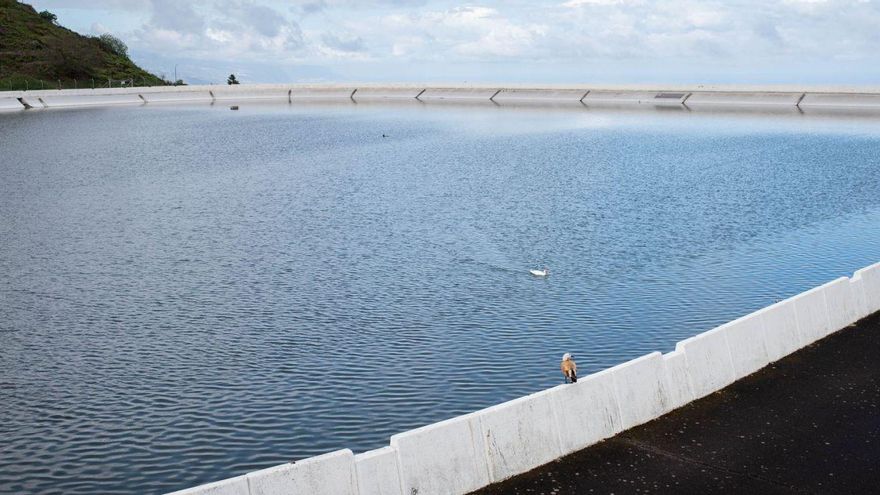
Parrilla participated last Friday in the Board of Directors of the Tenerife Water Council (Ciatf). At the end, he valued for The day: “The storage situation of the island’s rafts, dependent on the Baltén company, is 6% higher than on the same date last year.” The total storage amounts to that indicated 33%, 1.6 million cubic meters. “More than in 2020, but at the levels of 2019, which gave a good start to the year”, assesses the counselor.
It should be remembered that the rafts managed to reach 87% of their capacity in the first quarter of the year as a consequence of the rains and the increase in the generation of regenerated water, galleries and wells and desalination. By the end of January and February, the historical levels of these facilities, a network of 21 reservoirs spread over the Island, had already been exceeded.
Parrilla recalls that “it has not rained this year. The Christ and the summer of San Miguel passed and we will have to look at the sky while waiting for precipitation, but also plan ». He points out that “if it had rained these months like last year, we would have guaranteed water until next summer.”
He believes that “we maintain the rate for reclaimed water and the redistribution of minerals in the Northeast or South.” It highlights that “in the North we already have a storage contribution from the recently put back into operation of the Llanos de Mesa raft, in San Juan de la Rambla.” After the refurbishment works, it already stores 8,200 cubic meters of the total of 75,000.
It is key to guarantee irrigation water. The counselor points out that “we have to go to the market to cover the public service.” In this regard, it announces “imminent” corrective measures given the high price for the consumption of electricity that is essential in essential processes such as pumping or desalination. “We already have a first financing to establish an energy balance in Baltén’s consumption,” he explains. The way “is the installation of solar panels, a process in which we work. We have four construction projects with a financial statement ».
Parrilla insists on an idea: “Our concern is focused on supplying quality water, since it is useless to have it stored if it is inappropriate for crops.” The insular councilor for Agriculture, Livestock and Fisheries adds: «They have proposed to us to buy highly saline waters and we have rejected them. We already have fluoride problems in the north of the Island ».
In the same sense, he states that “we are particularly concerned about two areas in which we have water stress.” On the one hand, “the west, where works are carried out to obtain quality water with interventions in the regional treatment plants, which will contribute regenerated water to the system”; on the other, the Isla Baja, “where we will not be able to implement this solution as regional purification is not implemented.” And he underlines: “We continue to count on the contributions of the La Monja desalination plant, from which we will store the excess water.”
Another area of work is the drinking places, because, Parrilla values, “we must insist on the recovery of water.” He acknowledges the limited effectiveness of some, because “the water runs down the ravine with a lot of dirt.” It provides the positive example of the one located at the level of the Language School, in Santa Cruz, which carries water to Tegueste. On the other side, that of the Ruiz ravine, between La Guancha and San Juan de la Rambla, with a very difficult access. “But the idea remains,” he sums up.
The island councilor concludes: I’m optimistic, but cautious. The reclaimed water strategy – previously purified and treated wastewater – works and guarantees stability in the supply to island agriculture ».
















